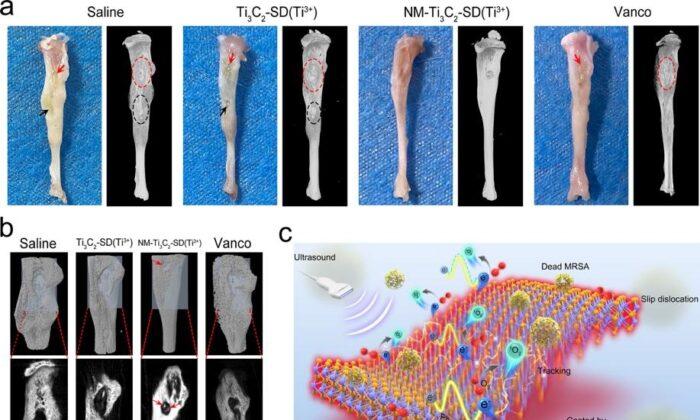When cancer cells metastasize from malignant tumors in different parts of the human body, they often transfer to the lungs. The main treatment modality for lung metastases is surgical resection. Removing these tumors using traditional surgery not only increases trauma, but can inadvertently remove adjacent healthy lung tissue and diminish a patient’s lung function.
This advanced technology can accurately and noninvasively remove tumors around the lungs, including peripheral areas, while maintaining the patient’s lung function by protecting healthy surrounding tissue. There are no surgical wounds required, and most patients experience no pain or blood loss.
For those with advanced-stage metastatic cancer of the lung, this technology could be a game-changer.
The noninvasive procedure is performed by trained thoracic surgeons who use an advanced navigation platform to control the bronchoscope before accurately putting a catheter probe for ablation into the position of the lung transfer tissue. The process releases microwave energy to destroy lesion tissues.
Dr. Rainbow Lau Wing-hung, clinical assistant professor of CUHK’s division of cardiothoracic surgery, explained how the technology uses real-time imaging and electromagnetic positioning to allow navigation of the complex human airways. The bronchoscope is controlled using a remote console linked with robotic arms, allowing the ability to accurately drive the device to the exact location desired within the lung.
The mechanism maintains stability within the bronchoscope. Using a microwave ablation catheter will improve the accuracy and efficiency of the ablation procedure, he said.
“We are very excited to have performed the world’s first robotic-assisted bronchoscopy microwave ablation of lung metastases. By combining the benefits of precise airway navigation with robotic bronchoscopy and our world-leading experience in transbronchial microwave ablation of lung tumours, we can now give our patients with lung metastases an additional treatment option which is noninvasive.





